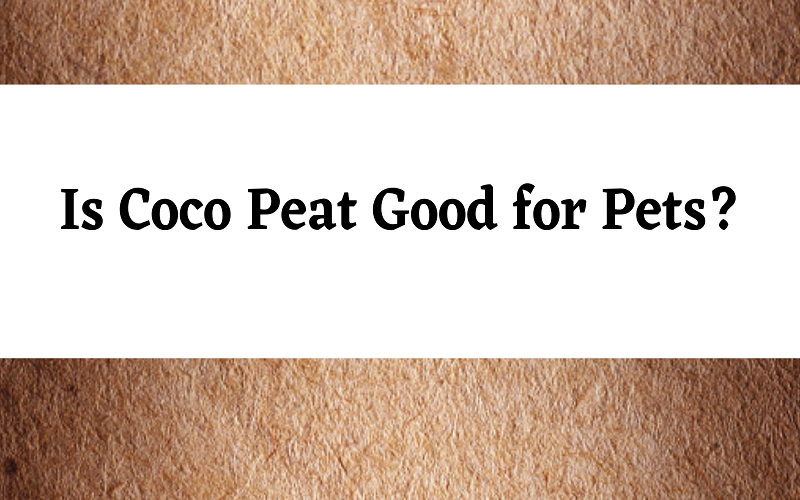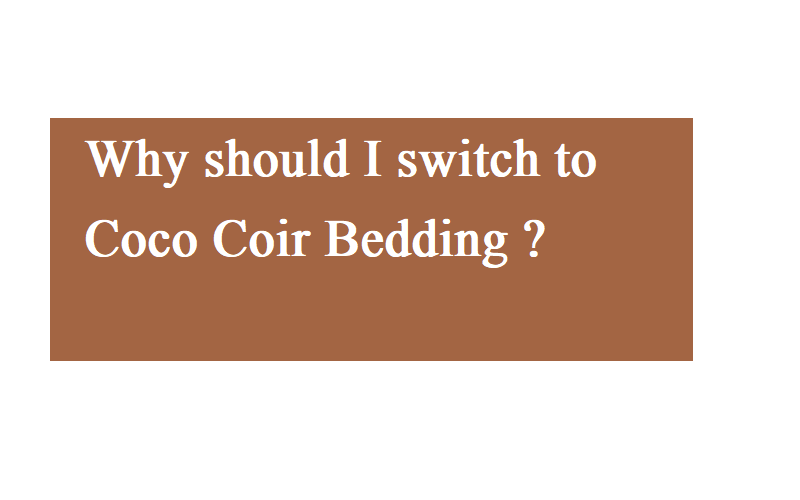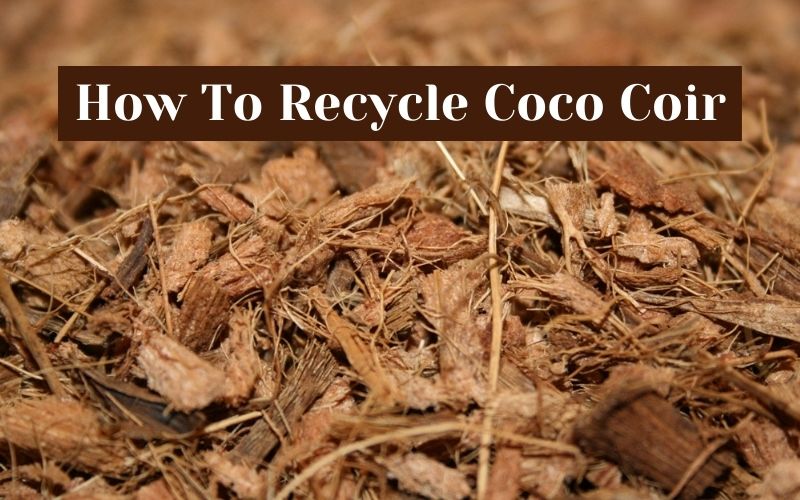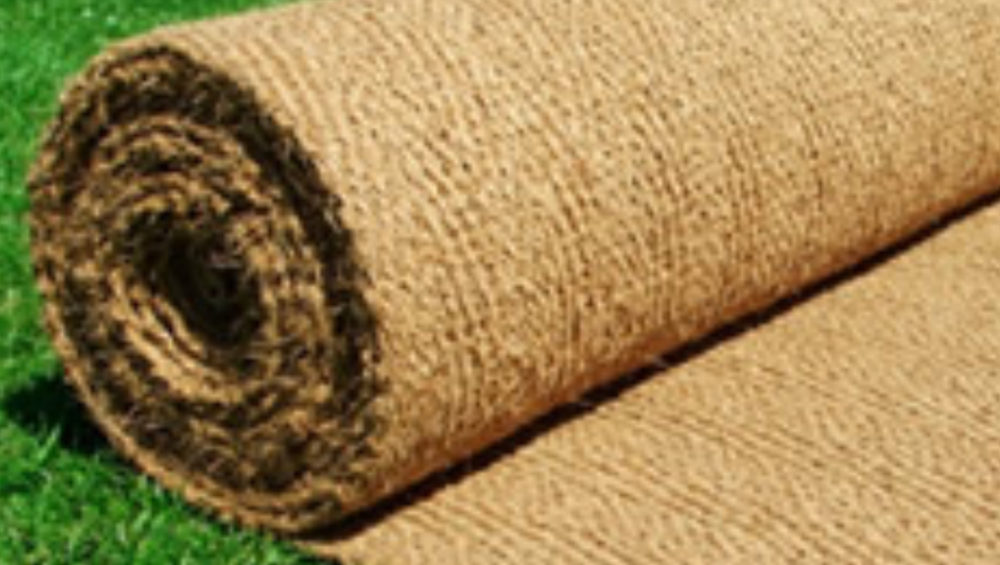What is a Coco Peat?
Coco peat is an organic non fibrous, compact and corky substance. It is also called coir pith, coir fibre pith etc.
Coco peat is basically made of coconut husk and thus known to be biodegradable and absolutely nature friendly.
The coconut husk which is fibrous is washed and dried. The impurities such as dust, plant residues etc are removed by sieving and then the coir fibres are extracted.
Coco Peat is utilized in a number of fields:
- Pet Bedding
- Nurseries
- Used to extract natural dyes.
- Horticulture
- Hydroponic growers
- Used as oil absorbents
- House garden or rooftop garden.
The nature of the coco peat makes it work on all these above mentioned fields. Widely used in plantations, it is also a great option for the pet bedding.
Let us know more about the animal bedding property of this wonder product Coco peat.
Why Coco Peat Animal Bedding?
Coco peats are largely used for pets as their bedding because of the comfort that they provide. This organic bedding makes the pet feel comfortable and also responsible for a healthy living.
Coco peat has an excellent moisture absorbing capacity and thus keeps the bedding dry and cozy for the pets.
Provides better aeration when compared to other bedding.
An absolutely lovable pet bedding as it is eco friendly and natural.
It can be used for pets such as snakes, horses, frogs, lizards etc.
For some pets like snakes, the coco peat enhances the growth of muscles.
Advantages of Coco Peat Bedding:
- Biodegradable
- Trash management
- Can be discarded easily.
- Soft and pleasant
- Pet friendly
- Safe
- Keeps the pet healthy.
- Affordable
- Sustainable
- Reliable
- Can be reused
As mentioned above there are number of advantages if coco peat is
Conclusion:
We hope you find this helpful and all set to switch to coco peats for your lovely pets.
Do check out our latest blog Why should I switch to coco coir bedding.









